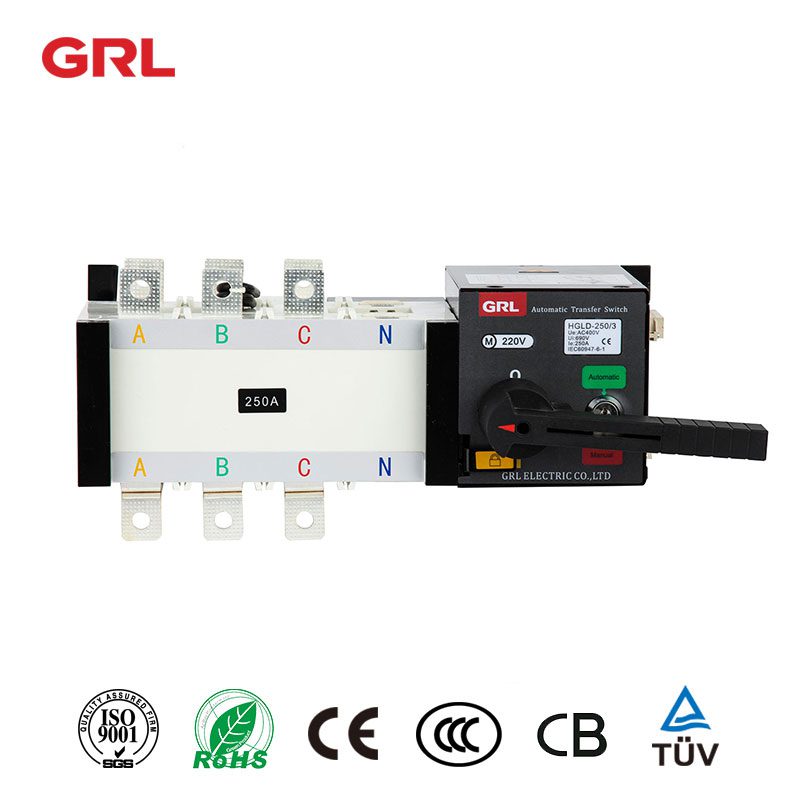
本身
html
Automatic Transfer Switch: Ensuring Uninterrupted Power Supply
In today’s world, where businesses and households rely heavily on electricity, power outages can cause significant disruptions. An Automatic Transfer Switch (ATS) is a critical component in ensuring uninterrupted power supply by seamlessly switching between primary and backup power sources.
What is an Automatic Transfer Switch?
An Automatic Transfer Switch is an electrical device that automatically transfers a load between two power sources, such as a primary utility grid and a backup generator. When the primary power source fails, the ATS detects the outage and switches to the secondary source within seconds, minimizing downtime.
How Does an Automatic Transfer Switch Work?
The operation of an ATS involves several key steps:
- Monitoring: Continuously monitors the voltage and frequency of the primary power source.
- Detection: Detects a power outage or significant drop in voltage.
- Signal Transmission: Sends a signal to start the backup generator (if applicable).
- Transfer: Switches the load to the backup power source once it’s stable.
- Return: When primary power is restored, the ATS switches back and shuts down the generator.
Types of Automatic Transfer Switches
There are two main types of ATS systems:
1. Open Transition ATS
Also known as a “break-before-make” switch, this type briefly interrupts power during the transfer. It’s commonly used in applications where a short power gap is acceptable.
2. Closed Transition ATS
This “make-before-break” switch maintains continuous power by briefly paralleling both sources during transfer. It’s ideal for critical operations where even momentary interruptions are unacceptable.
Benefits of Using an Automatic Transfer Switch
The advantages of installing an ATS include:
- Uninterrupted Power: Seamless transition between power sources prevents disruptions.
- Safety: Prevents backfeeding, protecting utility workers and equipment.
- Automation: Eliminates the need for manual switching during outages.
- Equipment Protection: Prevents damage to sensitive electronics from power fluctuations.
- Compliance: Meets electrical code requirements for backup power systems.
Applications of Automatic Transfer Switches
ATS systems are essential in various settings:
- Hospitals and healthcare facilities
- Data centers and IT infrastructure
- Industrial manufacturing plants
- Commercial buildings
- Telecommunications facilities
- Residential homes with backup generators
Choosing the Right Automatic Transfer Switch
Keyword: Automatic Transfer Switch
When selecting an ATS, consider these factors:
- Power requirements (voltage and amperage)
- Transfer time specifications
- Number of poles (single-phase or three-phase)
- Environmental conditions (indoor/outdoor installation)
- Compliance with local electrical codes
For critical applications,